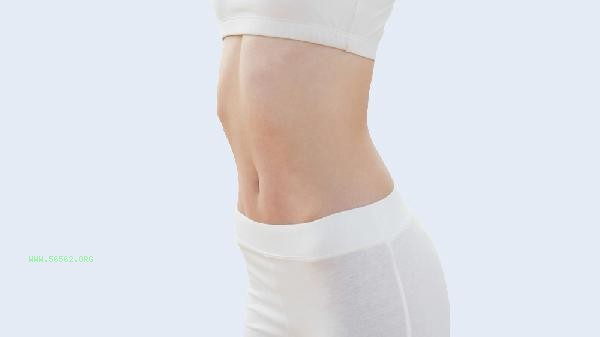Moderate consumption of seafood during weight loss usually does not lead to weight gain. Seafood is rich in high-quality protein and has low calorie content. The main influencing factors include differences in fat content, cooking method selection, portion size control, reasonable combination of ingredients, and personal metabolic level.

1. Differences in Fat Content:
Most seafood such as shrimp, crab, and fish have lower fat content than red meat. 100 grams of salmon contains about 13 grams of fat, while oysters only have 2 grams. However, it should be noted that some deep-sea fish such as silver cod and fish roe sauce have high fat content, and it is recommended to choose low-fat varieties.
2. Cooking method selection:
Low temperature cooking such as steaming and blanching can preserve nutrients without adding extra calories, avoiding deep frying such as tempura or butter frying. A deep fried squid ring can have more than three times the heat of steaming.
3. Consumption control:

The Chinese Dietary Guidelines for Residents recommend a daily intake of 40-75 grams of aquatic products. Overconsumption may still affect weight loss due to excessive total calories, especially in banquet settings where one should be alert to unconscious overeating.
4. Reasonable ingredients:
Avoid eating with high carbon water staples such as seafood Fried Rice or high-fat sauces such as mayonnaise. Recommend pairing with vegetables rich in dietary fiber, such as kelp and asparagus, to promote metabolism.
5. Individual metabolic differences:
People who are allergic to seafood or have high uric acid levels should be cautious. Individuals with thyroid dysfunction should pay attention to controlling the intake of high iodine seafood to avoid affecting endocrine balance.

It is recommended to prioritize shellfish, clams, and mussels with shells, increase the peeling time, and reduce the eating speed. Consume 2-3 times a week and rotate the variety to ensure nutritional balance. Pay attention to observing bowel movements, as some individuals may experience a brief adaptation period to a high protein diet. Combining 30 minutes of aerobic exercise with swimming and brisk walking can further improve fat metabolism efficiency. Individuals with special constitutions are advised to develop personalized seafood intake plans under the guidance of nutritionists.



Comments (0)
Leave a Comment
No comments yet
Be the first to share your thoughts!